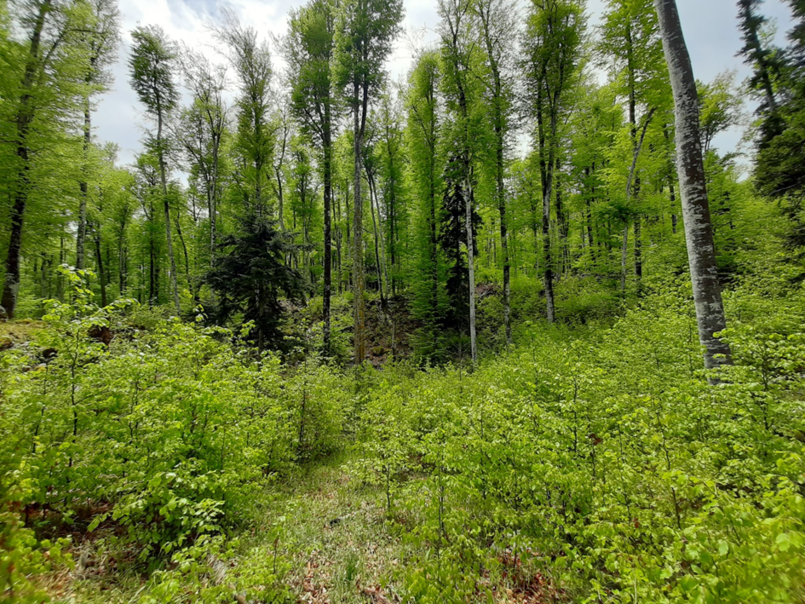Project number: J4-4542
Project duration: 1. 11. 2022-31. 10. 2025
Overall budget: 300.000,00 EUR for Slovenia
Financing: for Slovenia 100% ARIS
Lead partner: Slovenian Forestry Institute
Forests are estimated to contain large C stocks and contribute largely to global C storage, and thus represent critical components in the global C cycle. Forest harvesting and natural disturbances represent dramatic events in the development of an ecosystem, that can turn forest soils into temporary C source rather than a C sink, although it remains unclear how long this effect lasts. Furthermore, forest management changes soil microbial biodiversity and affects various groups of soil microbes and the processes that they mediate disproportionally. This bilateral project is built upon the complementary expertise of the researchers from Slovenia and the Czech Republic and uses the existing experimental settings in Slovenia. It aims to explore the effects of forest stand manipulations on biodiversity and ecosystem processes involving soil microbes, including primary production, decomposition, nutrient cycling and soil chemistry. In addition, we will track the resilience of soil microorganisms and the regeneration of forest to estimate the recovery rate after forest disturbances. This will not only contribute to the quantification of the disturbances impact, but also substantially increase our understanding of the functioning of the forest soil microbiome. The research will be performed in silver fir-beech forests covering high Karst areas of Slovenia.
The main objective of this project is to define the roles of mycorrhizal fungi, saprotrophic fungi and bacteria in forest soils with the aid of experiments that manipulate their relative abundances by cutting trees. The specific aims are to compare the effects of forest stand manipulation on gross ecosystem properties and processes, to describe microbial community development after this, and to identify how functional guilds of microbes and microbe-mediated ecosystem processes in forest soils respond. The results should help to aid the understanding of effects of forest management as well as natural disturbances.
Project work plan
WP 1 – Ecosystem processes and properties following stand manipulation
WP 2 – The effect of stand manipulation on microbial communities
WP 3 – Function of soil microorganisms in regeneration chronosequence
WP 4 – Data integration for understanding microbe-mediated soil processes in a chronosequence of forest regeneration locally and at a larger scale
WP 5 – Project management and dissemination

Natural regeneration of experimental gap in beech-silver fir forest in Slovenia (Photo: T. Mrak)

